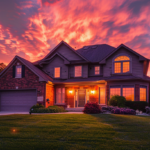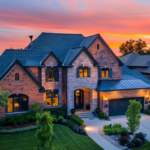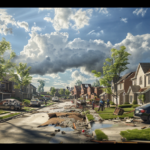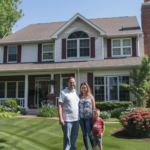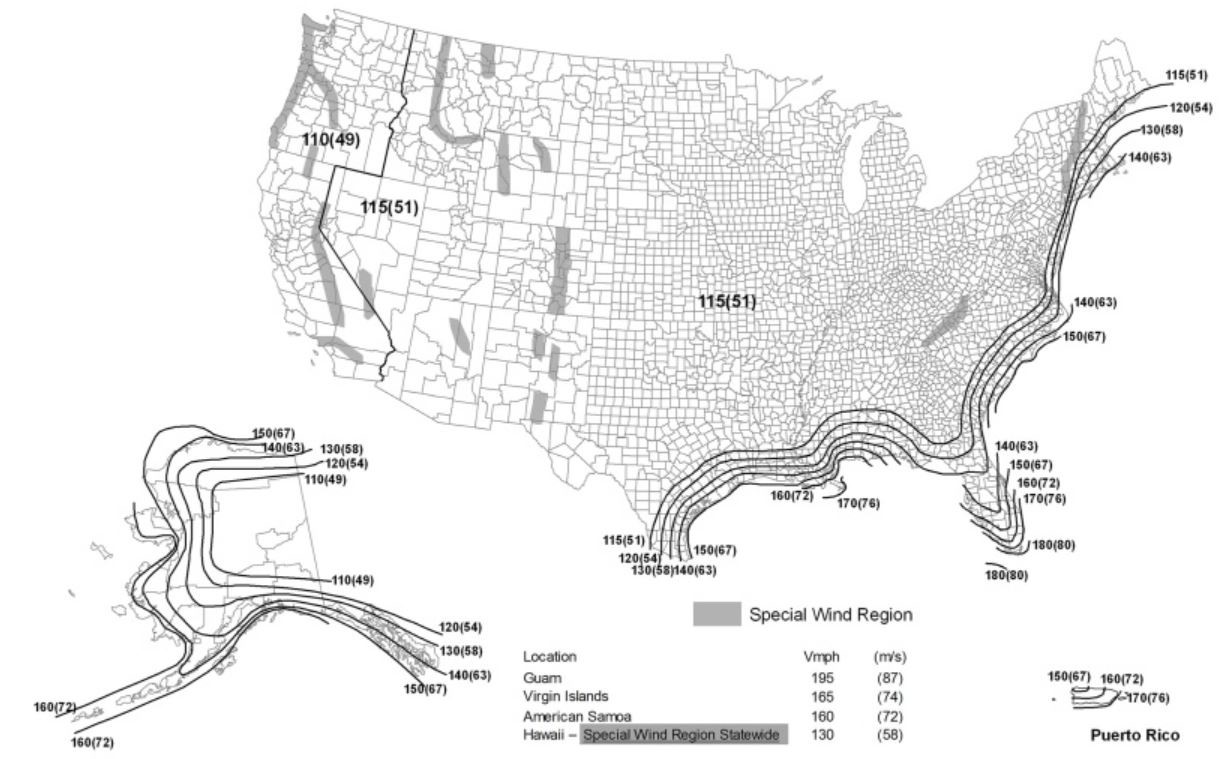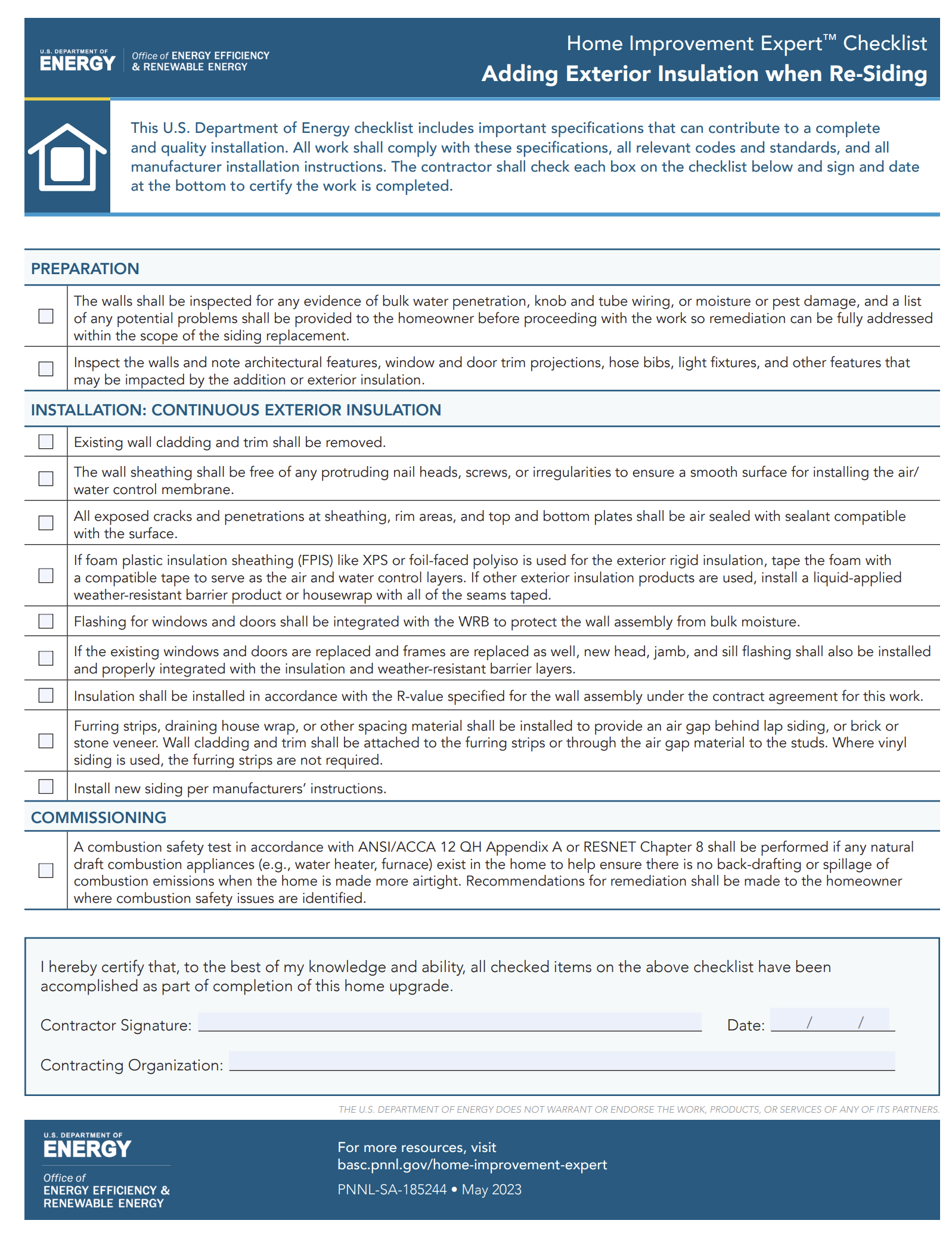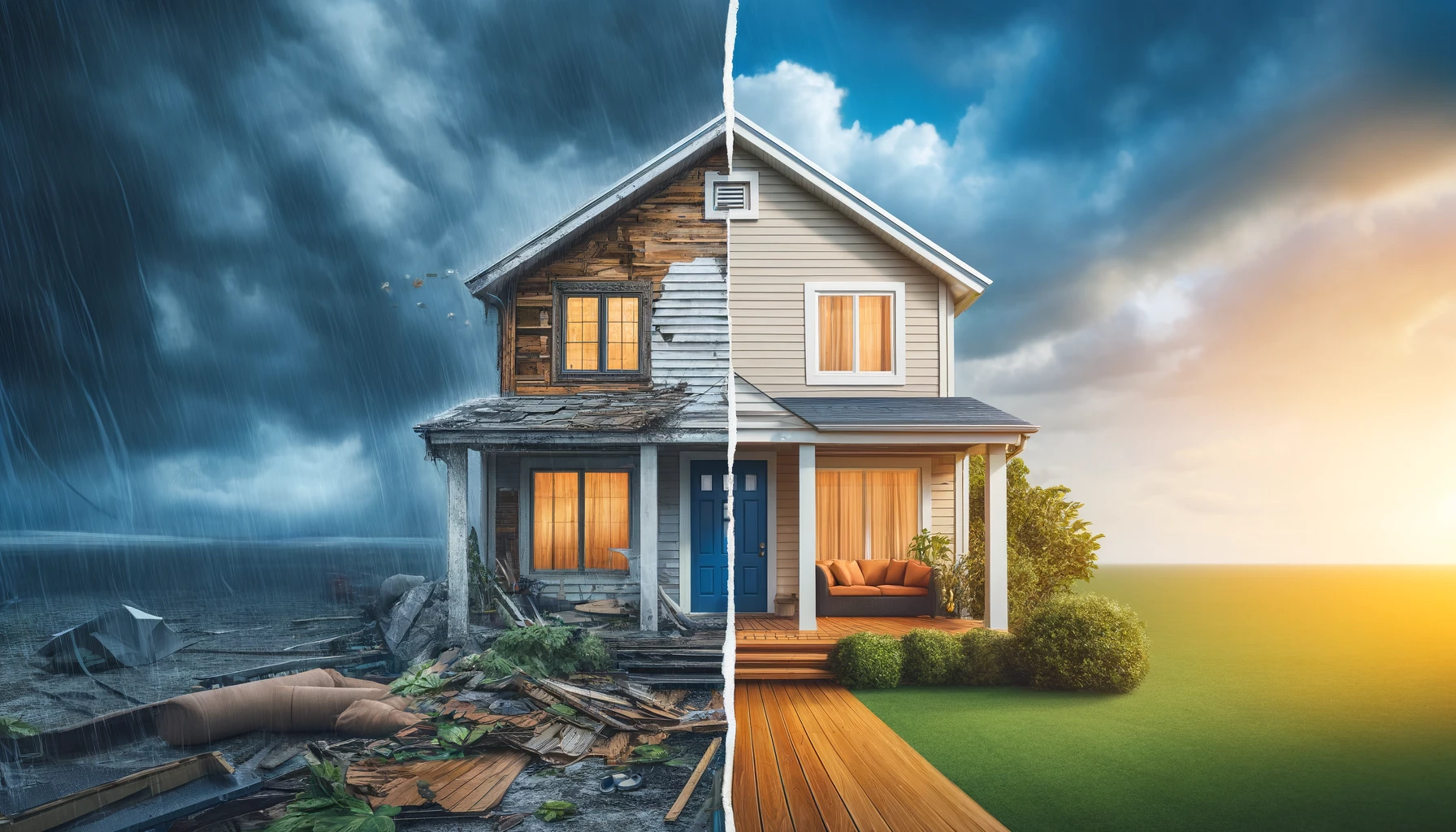The exterior siding of a building serves multiple crucial functions, from protecting against weather elements to enhancing aesthetic appeal. Understanding the varied material properties can guide you in selecting the most resilient siding option for your specific needs. This comprehensive guide delves into the key factors—moisture resistance, impact resistance, fire resistance, and pest resistance—that you should consider when selecting siding materials.
Scope
Selection of Siding Material
When selecting siding material, it is crucial to take into account the environmental factors and hazards specific to the home’s location. Consider the following:
- Resistance to Local Hazards: Choose materials that can withstand local conditions such as hail impacts, wind-borne debris, wildfires, pests, and moisture.
- Longevity: Assume that the siding will experience leaks at some point in its lifetime. Therefore, opt for materials that are durable and can be easily maintained or repaired.
Installation Considerations
- Drainage Behind Cladding: Ensure that there is proper drainage behind the siding to manage moisture effectively.
- Flashing: Install flashing around windows, doors, and other penetrations so that they are independently waterproof and not reliant on the siding.
Key Considerations for Material Selection
Moisture Resistance
Regardless of the siding material, it’s critical to consider the moisture resistance. A well-designed rainscreen ensures that any water infiltrating the siding has an escape route, reducing risks of rot and structural damage. Moreover, siding materials like metal and fiber cement offer high resistance to moisture and are well-suited for climates with high rainfall.
Impact Resistance
Whether it’s hail or wind-borne debris, the siding material must be robust enough to withstand impacts. Options like steel metal panels and fiber cement siding are known for their resilience against impact. If your location is prone to extreme weather events like hurricanes, consider siding products rated for high-wind performance.
Fire Resistance
With an increasing number of homes being built in wildfire-prone areas, fire resistance has become a vital criterion for siding materials. Stone, metal, and fiber-cement are among the materials that meet high fire-resistance ratings. A comprehensive approach that includes fire-resistant siding can significantly enhance the safety of your property.
Pest Resistance
Pests like termites and carpenter ants can wreak havoc on wood-based sidings. Therefore, consider materials that are naturally resistant to pests, such as metal, stone, or certain composites. Always ensure that your installation includes mesh or screening to prevent small pests from entering any vent openings.
Comparative Ratings and Estimated Costs
| Siding Material | Price ($/sq. ft. installed) | Wind-Borne Debris/Hail Impact Resistance | Fire Resistance | Pest Resistance | Flooding – Sustained Moisture Resistance | Earthquake – Seismic Resistance |
|---|---|---|---|---|---|---|
| Metal | Highest | High | High | High | High | High |
| Solid Wood | Mid | Med | Low-Med | High | High | Med |
| Fiber Cement | Mid | Med | High | High | Med | Med |
| Plastic | Low | Low | Low | High | High | Low |
Price range and ratings are subject to market conditions and material availability.
Compliance
Building Codes
Compliance with building codes is non-negotiable. Below are some key sections from various versions of the International Energy Conservation Code (IECC) and International Residential Code (IRC) that are pertinent to siding:
- IECC: Sections R402.4 and R402.4.1 specify that homes should be constructed to limit air leakage. The 2018 and 2021 versions have stricter requirements.
- IRC: Sections R318.1 – R318.3 offer guidance on termite control methods. Information about siding material can be found in Chapter 7.
For the exact language, refer to the applicable code.
Standards and Guidelines
- ASTM E2925-14: If installing a rainscreen, it should meet this standard specification.
- IWUIC: For homes in the wildland-urban interface, adherence to Sections 502.1, 503.1, and 503.2 is necessary for determining ignition-resistance.
- NFPA 1144: Contains specific requirements for exterior walls in fire-prone areas.
Industry Guidelines
- Brick Industry Association: Provides a guide (#27) for weep holes and compartmentalizing the rain screen cavity.
- National Concrete Masonry Association: Offers a guide for proper installation of manufactured stone veneers.
- International Masonry Institute: Contains details for brick, block, and stone masonry systems.
- Earth Advantage: Offers best practices for residential single-family homes, including walls and siding.
Conclusion
The primary function of siding is to protect the structural integrity of your property while adding aesthetic value. Given the variety of challenges posed by weather elements, pests, and other external factors, it’s crucial to select a siding material that offers comprehensive protection. For those who find this overwhelming, consulting professionals can be a wise course of action.
For more personalized guidance, consult with engineers and local building codes specific to your location. For immediate service or consultation, you may contact us at Allied Emergency Services, INC.
Contact Information:
- Phone: 1-800-792-0212
- Email: Info@AlliedEmergencyServices.com
- Location: Serving Illinois, Wisconsin, and Indiana with a focus on the greater Chicago area.
If you require immediate assistance or have specific questions, our human support is readily available to help you.
Disclaimer: This article is intended for informational purposes only. For professional advice, consult experts in the field
